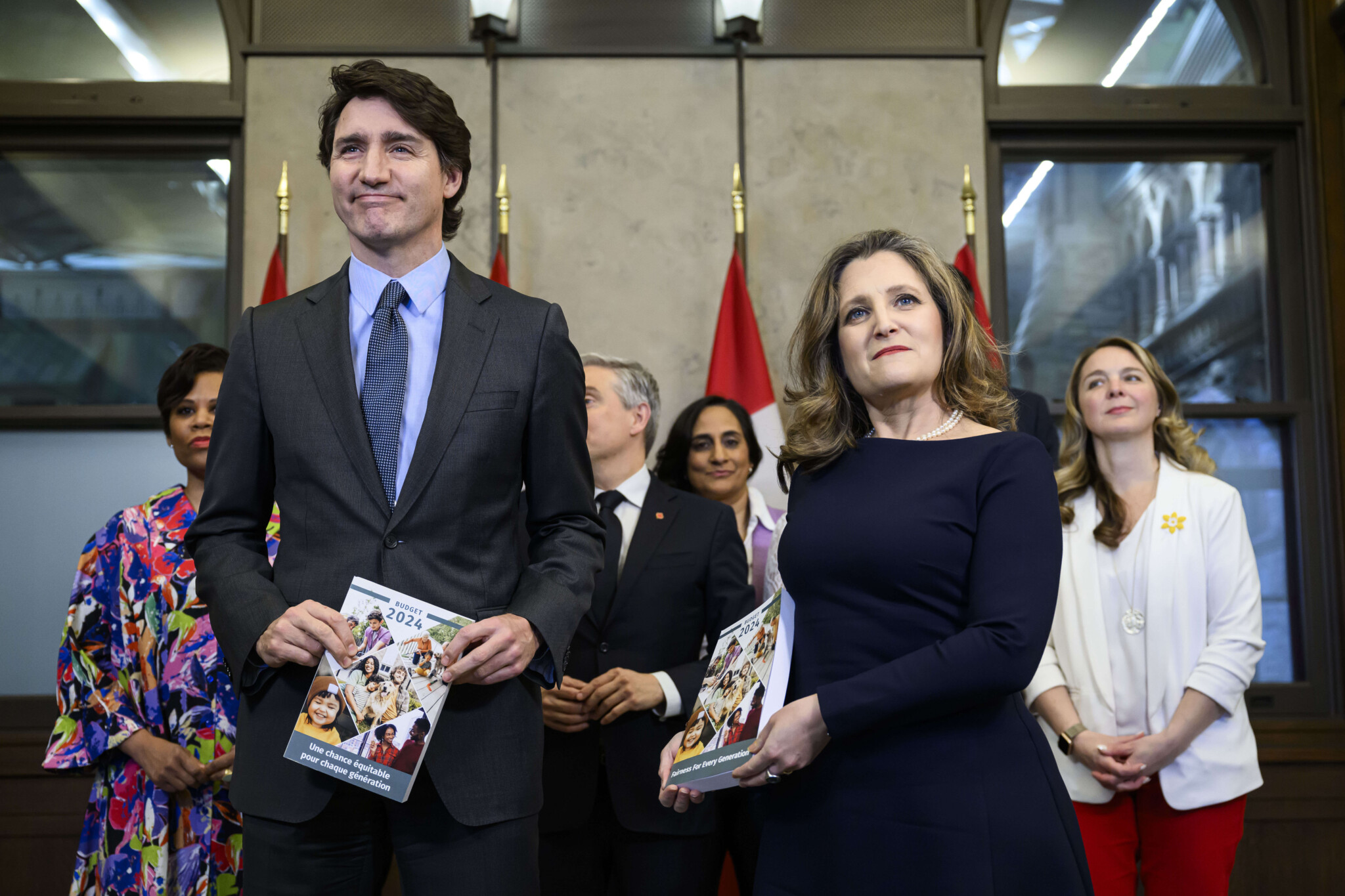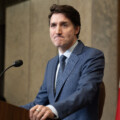
A majority of Canadians think that Canada is broken after years of stagnant incomes, affordability challenges, rising crime, government failures on basic functions like healthcare and immigration, and a deepening cultural malaise. But decline is a choice, and better public policies are needed to overcome Canada’s many challenges. Kickstart Canada brings together leading voices in academia, think tanks, and business to lay out an optimistic vision for Canada’s future, providing the policy ideas that governments need to ensure a bright future for all Canadians.
The Trudeau government was first elected in 2015 based in part on a new approach to government policy, which promised greater prosperity for Canadians based on short-term deficit spending, lower taxes for most Canadians, and a more active approach to economic development. This new policy direction stood in stark contrast to the consensus of the previous 20 years. The result has been a marked deterioration in the country’s finances, declining living standards, and a collapse in business investment. If Canada is to restore its fiscal and economic health, Ottawa must enact fundamental policy reform.
Of particular concern, the country’s labour productivity—the total output of goods and services in the economy per hour worked—has dropped for seven of the last eight quarters. It’s therefore unsurprising that living standards for Canadians are falling alongside our productivity. Inflation-adjusted per-person GDP (a common indicator of living standards) declined from $59,905 to $58,028 between the middle of 2019 and the first quarter of 2024.
To help tackle these economic challenges, the Fraser Institute recently published more than a dozen essays on various policy reform options for the federal government. The series is co-edited by prominent economists Lawrence Schembri, former deputy governor of the Bank of Canada, and Jock Finlayson, former executive vice-president of the B.C. Business Council. This essay summarizes and explains some of the key ideas in the series thus far.
Poor government policy has led to a significant deterioration in federal finances over the last decade. The introduction of new and expanded government programs has caused federal spending to increase substantially, resulting in persistent deficits, rising debt, and rising debt-interest costs. No change in trajectory is expected in the near future as the latest federal budget projects more of the same for at least the next five fiscal years.
Additionally, Canada continues to maintain markedly uncompetitive personal income taxes compared to many other advanced countries, particularly the United States. The country’s relatively high tax rates (federal and provincial combined) discourage individuals from working, investing, saving, and engaging in productive entrepreneurial activity. They also hinder Canada’s ability to attract and retain high-skilled workers, entrepreneurs, and businessowners.
So, what’s the solution?
For starters, to improve economic incentives, the federal government could reduce personal income tax (PIT) rates and eliminate several tax credits. Meaningful changes to the PIT system have not been made in decades and are much overdue.
Many tax expenditures—the proliferation of credits, deductions, and other special preferences—do little to improve economic incentives and spur growth. The layering of tax expenditures for certain groups or activities distorts the tax system and creates biases against individuals who are not eligible for these special preferences. There are 49 different federal tax expenditures that could be eliminated and provide the federal government with $32.1 billion to lower marginal PIT rates.
The revenue generated from the removal of these tax expenditures along with a modest reduction in government spending would enable the federal government to remove the three middle-income tax rates of 20.5 percent, 26 percent, and 29 percent. And reduce the top marginal PIT rate from 33 percent to 29 percent.
These changes would establish a new tax landscape with just two federal PIT rates. Nearly all Canadians would face a marginal tax rate of 15 percent, while top earners would pay a marginal tax rate of 29 percent. These changes would improve incentives to work, save and invest, and make Canada more tax competitive and more attractive to high-skilled workers.
Moreover, if the federal government accelerated the timeline to balance the budget, it would accumulate less debt in the years ahead and help slow the growth in debt-interest costs. It would also reduce uncertainty about future tax increases and help create the necessary fiscal room for comprehensive tax rate reductions.

Prime Minister Justin Trudeau, Deputy Prime Minister and Minister of Finance Chrystia Freeland and cabinet ministers pose for a photo on Parliament Hill in Ottawa, April 16, 2024. Justin Tang/The Canadian Press.
The federal government can introduce the aforementioned comprehensive tax reform package and achieve a balanced budget by 2026-27 by reducing annual program spending by 2.3 percent over a two-year period. By reducing program spending, the government would record a much smaller budget deficit in 2025-26 and achieve a balanced budget in 2026-27 as opposed to a $30.8 billion deficit, while accumulating less debt than currently planned.
Excessive regulations are also hampering Canada’s economy. According to a study published by the Canadian Federation of Independent Business, the total cost of government regulation to businesses amounted to $38.8 billion in 2020. If the federal government reduced regulatory red tape and subsequent compliance costs, firms could allocate more resources towards training their workers, investing in equipment, and producing new and better products.
In 2001, then-premier Gordon Campbell in British Columbia undertook a sweeping regulatory reform agenda. He appointed a minister of deregulation, with the goal of eliminating red tape, evaluating the benefits against the costs of each regulatory commitment, and removing unnecessary regulations. The federal government should follow this example and reduce the number of regulations by one-third while introducing legislation that requires two regulations to be eliminated for every new regulation added.
Far too much of the Canadian economy remains shielded from competition via government restrictions or protectionism. A recent analysis found that 32.6 percent of the Canadian economy was protected from competition in 2022. Barriers to competition harm innovation and lead to higher prices for consumers who purchase goods from protected firms.
The federal government should open up competition in the economy by removing restrictions on the entry of foreign-owned competitors in crucial industries such as telecommunications and air travel. There’s less incentive for Canadian firms to innovate or improve when there’s no threat to shake things up.
Interprovincial trade barriers also add between 7.8 percent and 14.5 percent to the prices of goods and services in Canada, which implies direct economic costs of around $32 billion a year. Ottawa should take a leadership role in eliminating interprovincial trade barriers. Recent estimates from the IMF suggest that removing internal trade barriers on goods would increase output in Canada’s economy by almost $90 billion annually, or $6,000 per household.
Canada’s economic challenges are daunting, but maintaining the status quo is not a viable option. It’s time for bold policy reform in Ottawa.








